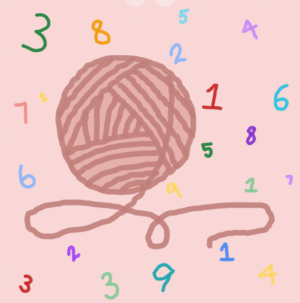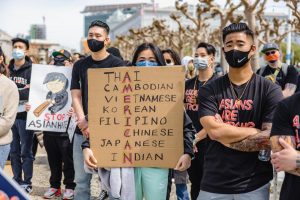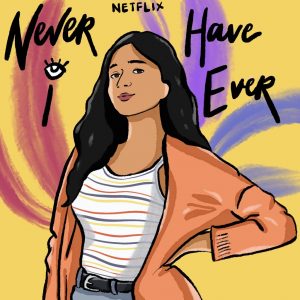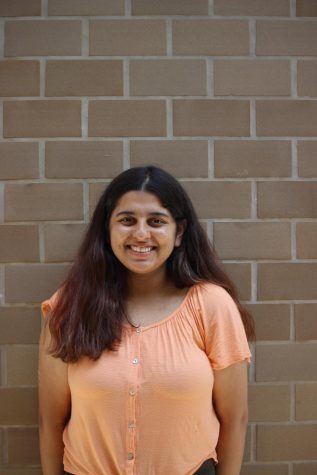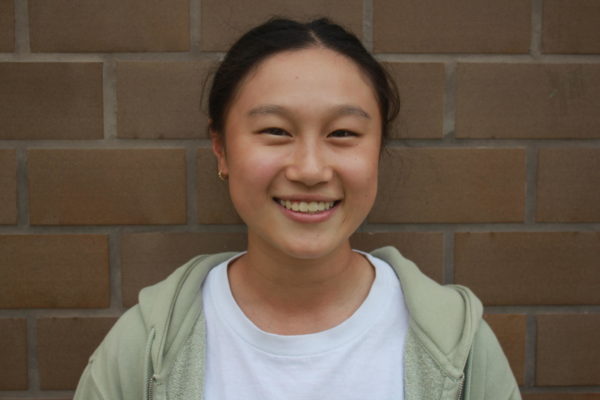To Personify a Statistic: To Be or Not To Be (a true Asian-American)
As a national minority in a community where I am the majority, being South Asian in America doesn’t mean the same thing to me as it does to people around the country.
October 25, 2021
Dear Reader,
Let it be known that my Indian-ness is defined by my love of samosas.
As the internet blew up about “Never Have I Ever,” one of the first major Netflix shows centered around an Indian-American teenager, I adamantly stayed away from it. As excited as I was, I was scared that the show would be entirely distant from my experiences; it’s almost a fear that I won’t be a “real” Indian-American if I don’t relate to the series, so I’ve simply… ignored the show as a whole. After only ever living in India, Cupertino and finally San Ramon, being South Asian isn’t something I could ever center my life-interactions around.
It’s a weird thought. Being Indian is an integral part of my identity — my food, my clothes, my skin color, my language, my holidays, my citizenship, the amount of turmeric I consume when I’m sick or injured — but it’s not an integral part of my experience in America. When I’ve seen people discuss the racial discrimination or microaggressions they face, I don’t exactly understand.
I’ve never been bullied for the way my food smells. I’ve never felt that there was virtually no one who looks like me. I’ve never felt that Hinduism or saris or having brown skin were odd.
All these things which compose the soundtrack of the Indian-American experience just don’t resonate with me. And for the longest time, I genuinely thought that some of these interactions must have been exaggerated a bit. If I’d never seen any of these happen in real life, surely they must just be in the movies?
But like the expectation that cheerleaders wore their cheer outfits to school everyday, this wasn’t quite the case. I spoke to a friend in Georgia (note: Georgia is considerably less Indian than San Ramon is) and when I told her that I bring Indian food to school all the time, she looked at me a bit strangely. When I asked about it, she said that she asked her mom to stop giving her ethnic food because people said it smelled and looked weird.
I didn’t really know what to do with that. I’d never actually met someone who blatantly experienced this kind of discrimination, and yet here she was, popping the bubble of San Ramon that I have grown so used to.
If you don’t know, San Ramon has an Asian population of 35,324 people — that’s 46.7% of our population, the most populous race in the city. Of this, 10,634 are of Indian descent, making San Ramon the third largest “Little India” in all of California. It’s to be expected, then, that virtually any experience South Asians have across the country just don’t apply here. And all this combined, the statistics and anecdotes alike, raise the ever-foreboding question:
How can I reconcile the idea that I’m South Asian in America without the experience of being South Asian in America?
Yes, I understand, it often doesn’t feel as significant as I’m making it sound (I do have a flair for the dramatics. Just a little bit). But as college application season looms closer, I can’t help but look more closely at the schools I want to apply to — the location, racial breakdown, commitment to diversity. Because when I — and most of us — go to college either this year or a few years down the line, we’ll be racial minorities for the first time in our lives.
I look into Indian Associations and classical dance groups and how I can stay connected to my culture even in college, and yet there’s always a nagging fear that I’ll feel distanced even amongst my own people. That I’ll feel excluded from the community because I’ve never known what it feels like to be a part of it.
Let me make it clear: I don’t actually want people to be racist towards me. In fact, I’m really grateful that I’ve never had to experience racial discrimination of any kind. But there’s a point in this racial intersection where I’m both Indian and American, and yet don’t know what it really means to be Indian-American. Consider it a hole in the graph. Non-differentiable.
Sorry about the calculus reference.
At the end of the day, I can’t ever get these “normal” Asian experiences, and that’s just due to where I live. But that doesn’t make my experiences — and by extension, my identity — null. I have my own plethora of experiences and racial pride that validate my identity perfectly fine. It might not be conventional or relatable to South Asians across the country, but I’m defining my own being within the bounds of San Ramon (sorry for the second calculus reference).
So maybe “Never Have I Ever” will never resonate with me. Maybe what little South Asian representation is in Western media will never be relatable to me. Maybe I’ll never resonate with other Asians who grew up in America. Maybe everyone from San Ramon will leave this city and be shocked at the sheer number of non-Asians people in the world.
But maybe all of this is not a sign that my identity is somehow incomplete — it just means mine has been moulded to fit my life, not anyone else’s.
Feeling weird about life,
Mahika Arya


